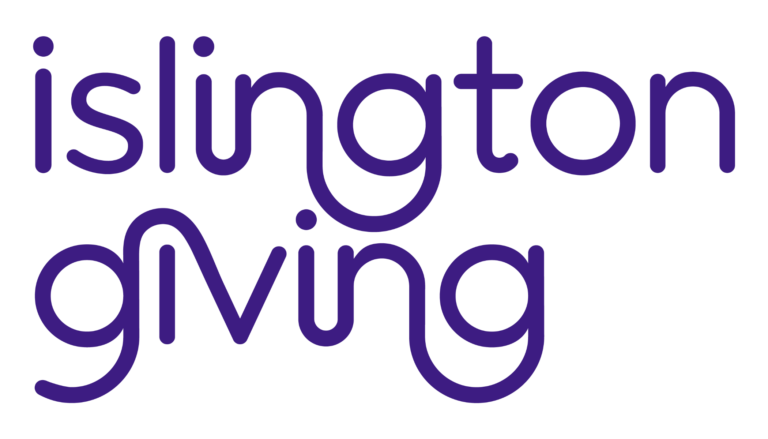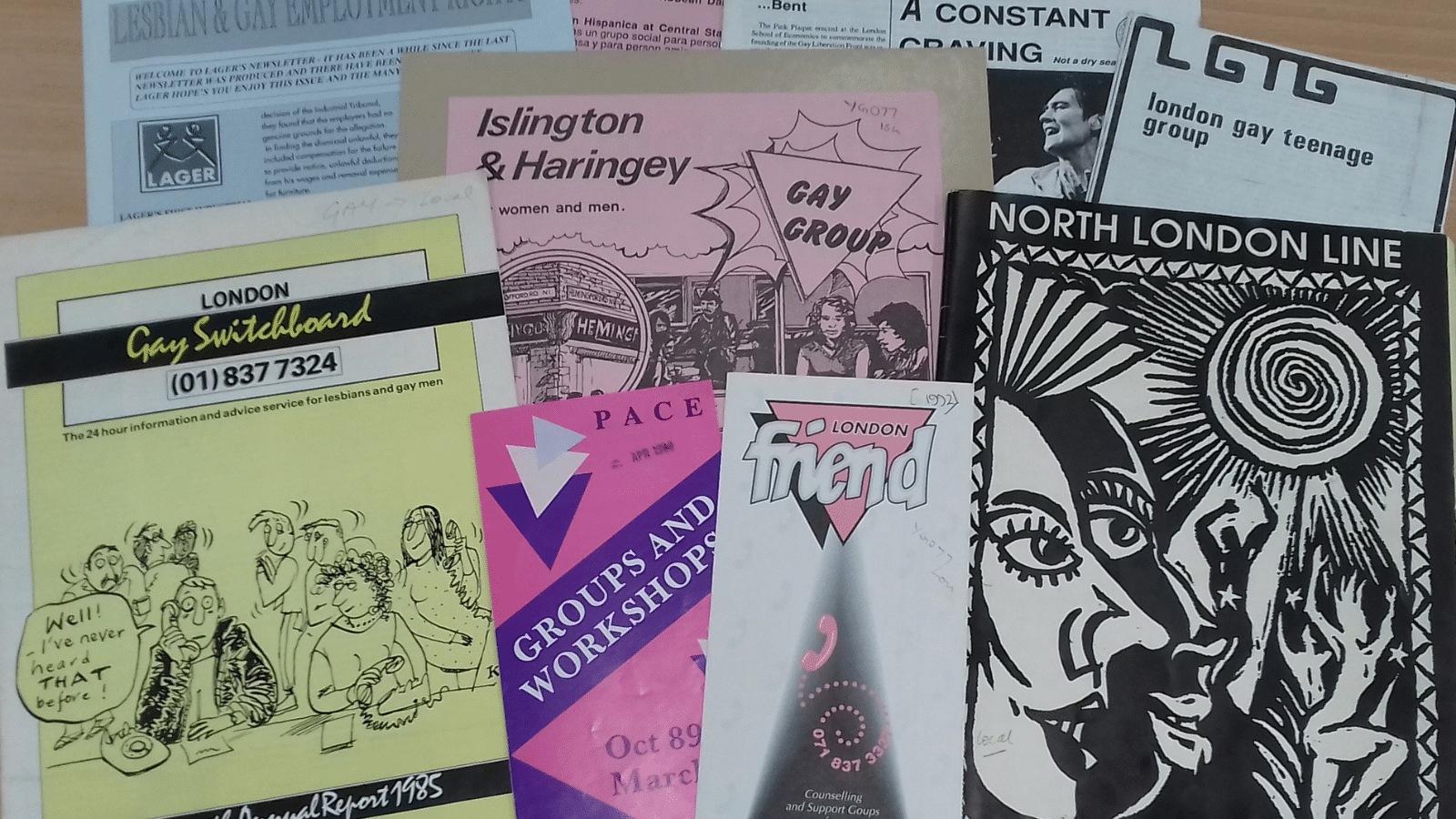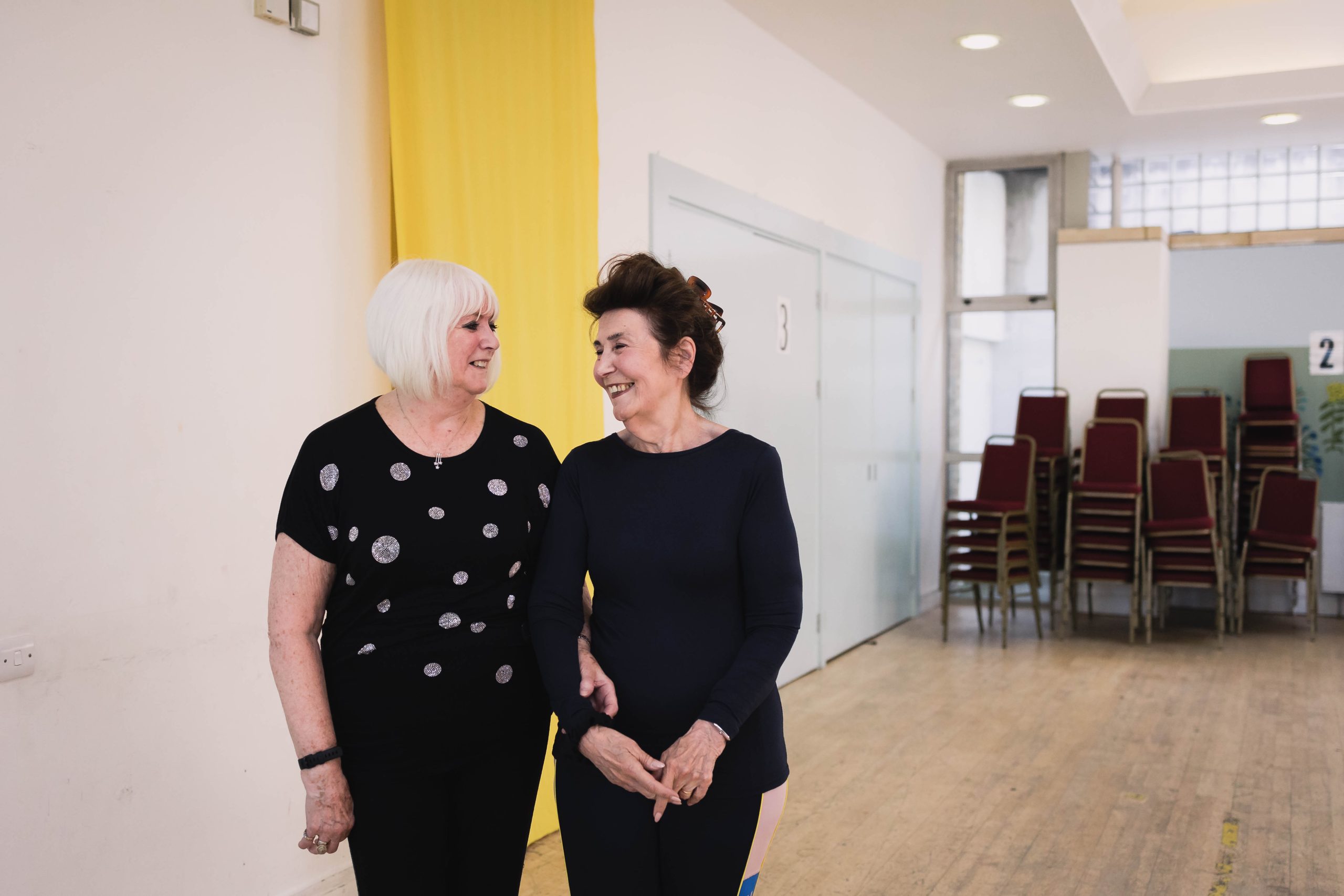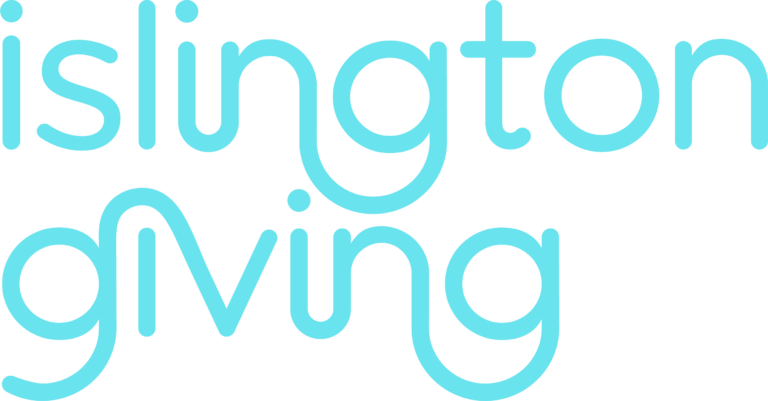In 2017, Islington council set up Islington’s Pride initiative to preserve LGBTQ+ history and to tell the stories of the community’s struggles over the years for equality.
For Pride this year we met with Seán McGovern, project manager at Islington’s Pride.
Can you tell us a little bit about yourself, as an introduction?
I’m the project manager for Islington’s Pride Heritage Project. And the project itself is a creation of Islington Council and funded by the National Lottery Heritage Fund. I’m originally from Ireland and I’ve been involved in various heritage projects and LGBTQ+ campaigns, a lot of it in film festivals, and there was obviously a wonderful overlap because it’s an awful lot of heritage preservation, cultural preservation, and community organisation. So it was a natural fit for me to join up with this project.
Islington is a borough with lots of rich LGBTQ heritage
How did Islington’s Pride come to life and what is its purpose?
Islington Heritage Services do amazing things and Islington is a borough with lots of rich LGBTQ heritage. They noticed in their own collections that, while they had things relating to, say, Mayor Bob Crossman and Chris Smith, who were politicians in the borough, they realised that there was a gap overall in terms of the archive material. This began as an archive project, because we know just from closer inspection, that Islington is the borough where an awful lot of what we would call the Gay Rights Movement began in the UK. Not just as the home of many prominent figures, the place where everybody went out, but also in terms of the genesis, if we’re talking about the decriminalisation of homosexuality, it was where Peter Wildeblood had a home on St. Paul’s Road.
But probably most importantly of all, the very first gay rights demonstration took place in Highbury Fields in November, 1970, only a year after Stonewall in New York. And like Stonewall, that event took place because of the community feeling that they were unfairly targeted by the police and that the community was saying, “Enough is enough. We’re going to do something about this.
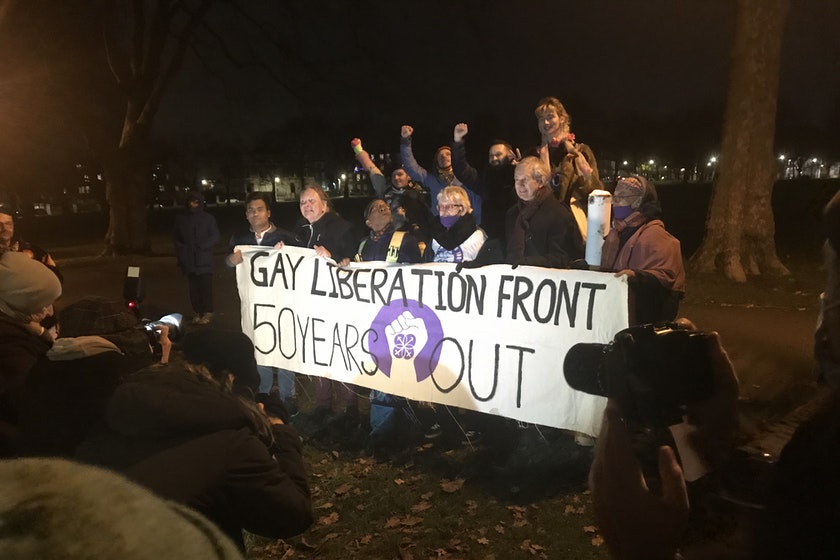
The GLF at 50 – a demonstration at Highbury Fields. 50 years later. Seán McGovern / Islington Local History Centre
There is also a lot of pre-1967 history in Islington. Mary Wollstonecraft, for example, who definitely wouldn’t be considered a typically heterosexual woman during her lifetime. This was her borough as well. Or figures like Edith Craig, who was an actress, and who was in a three-way relationship with two other women, in the early 20th century.

Edith Craig by Lena connell, Islington’s Pride via Wikicommons
Islington is also the home of Joe Orton, the playwright, who lived and died in the borough, and obviously was a very prominent figure in 1960s London.
When you look further, there’s community groups for LGBTQ+ people of color, feminist organisations, support for Irish lesbians, the London Lesbian and Gay Centre was in Islington. When we approached the National Lottery Heritage Fund about this, they encouraged us to go bigger because while we know that queer culture exists all over London and the UK, it was particularly striking that this one borough had, by far, some of the most pivotal things happening in it.
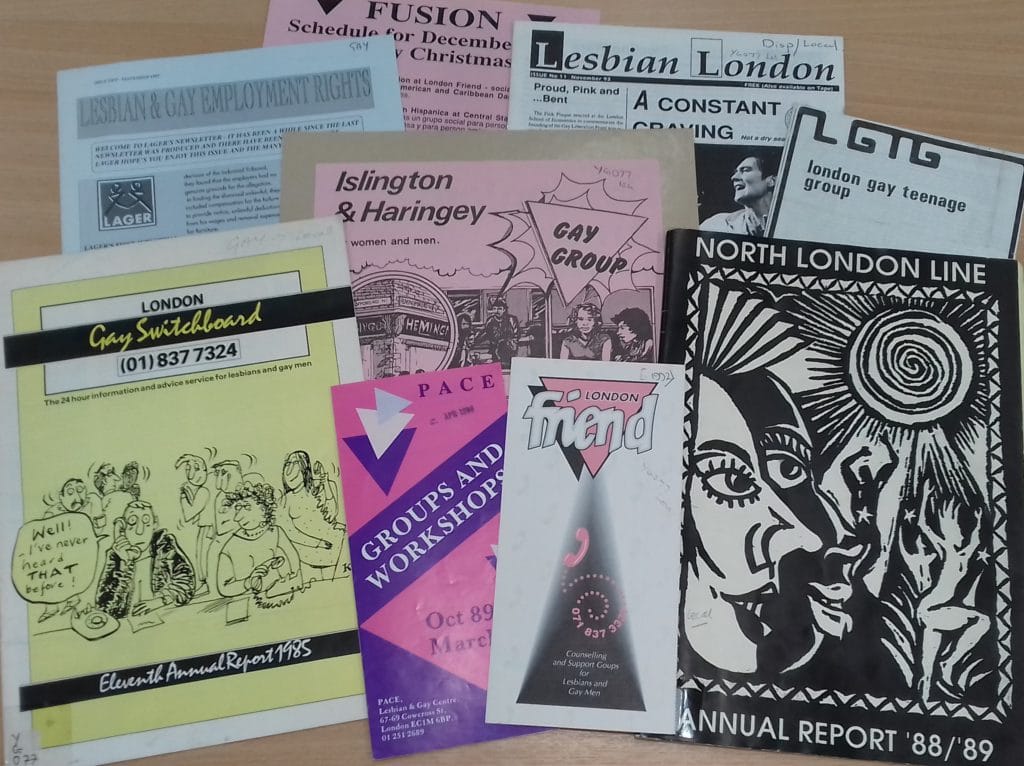
Material associated with various LGBTQ+ groups and organisations providing support, social activities and community. Islington Local History Centre
Heritage plaques, heritage trail launch, exhibition….What has Islington’s Pride already launched or is planning to launch this month?
Our Heritage Map is live on our website, where you can see photos, text, information, audio snippets about all the 150 points of interest on the map.
In the coming weeks, we’ll be putting up 50 physical markers in the borough. We launched last week with our very first one, which is dedicated to Bob Crossman, and that’s currently outside the Town Hall on Upper Street. And it’ll be there for a couple of weeks before we move it to a more permanent home north of the borough where Bob was a Councilor. When we move that, we’ll also be putting up the 49 other plaques. Some of these will be going on bars that are already established, some people have offered to give us their homes to put them on them. And lots of them will be going on street furniture, like street signs. And they will be from the edge of Clerkenwell to the tip top of Archway.
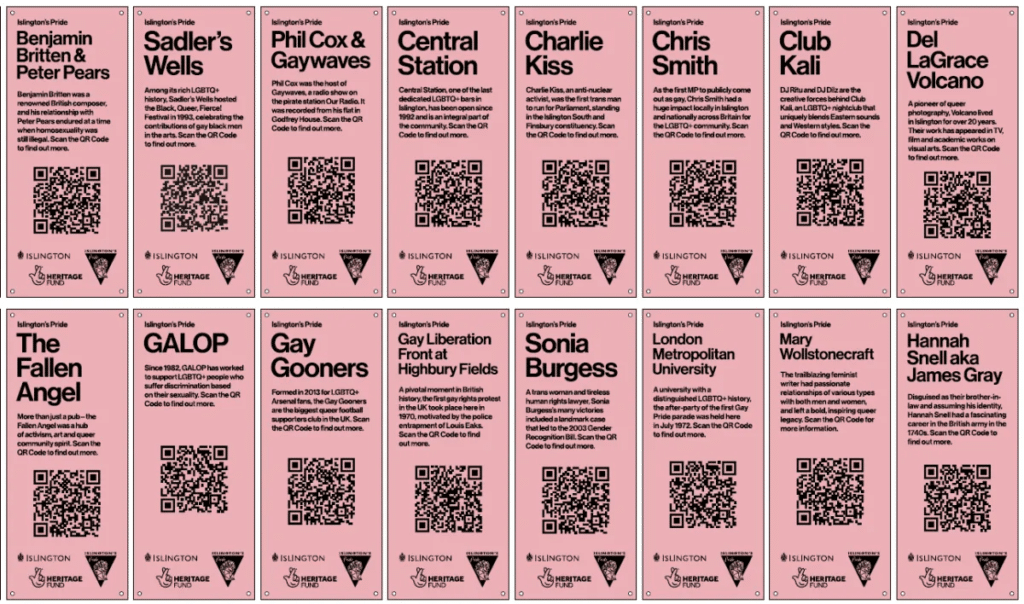
16 of the 50 plaques that Islington’s Pride will install across the borough. The plaques represent a cross section of the rich LGBTQ+ heritage of Islington. Islington’s Pride
We also have our archive, which is accessible at the Islington Local History Center in 245, St. John Street, and that’s in the Finsbury Library, which can currently be viewed by appointment.
Finally, on the 21st of June, we’ll be launching a new exhibition at the Islington Museum, called ‘Pride of Place’, which showcases a lot of what we’ve been doing over the last couple of years, lots of archive material, and oral history extracts. You’ll see some plaques, there’ll be collections of posters and many objects from the archive.
People can go to the map and website or even do a Pride walk to find out more about the rich LGBTQ+ history, but is there any specific moment in LGBTQ+ history in Islington or a public figure that you’d like to talk about today? Or that might be your personal favourite?
Someone who I’ve been very fascinated by, and who I think needs more and more championing, is s a lawyer called Sonia Burgess. She was a human rights lawyer, and a transgender woman. She did tireless pioneering work for the rights of asylum seekers and people who were facing unfair deportation. And sadly, she died under very sad circumstances about 11 years ago. She was not an unknown figure, there were obituaries for her in The Guardian and in other prominent publications, but I think that, as a community, it would be great to bring people like her to greater attention.
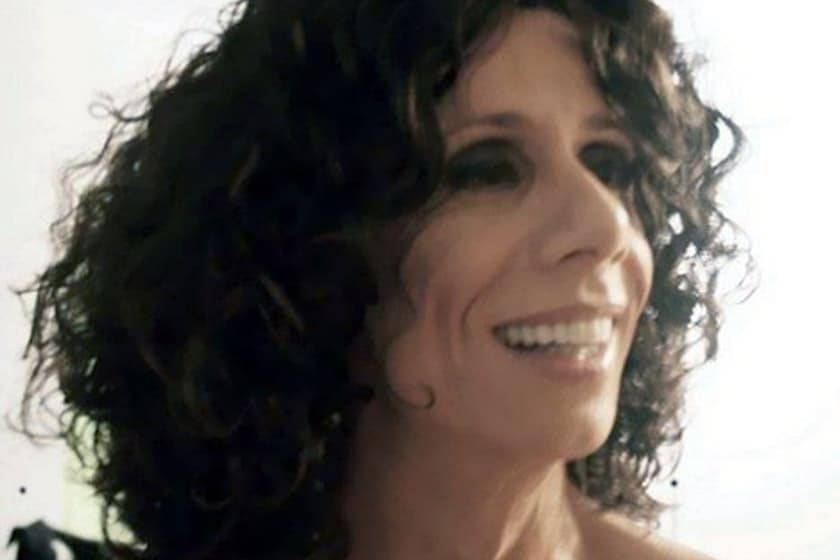
Sonia Burgess, Islington’s Pride
And for me personally, there’s a figure from Irish history called Roger Casement, who was a slavery abolitionist. He was a gay man, and he was tried for treason in Pentonville Prison. He had these diaries in which he allegedly had written about encounters that he had had with men, which were used to speed up the decision. It’s a very tragic story, but it’s also a story of hope and national history, because Roger Casement was not just an Irish nationalist, he was somebody who, having seen the horrors of slavery, campaigned to have it abolished.
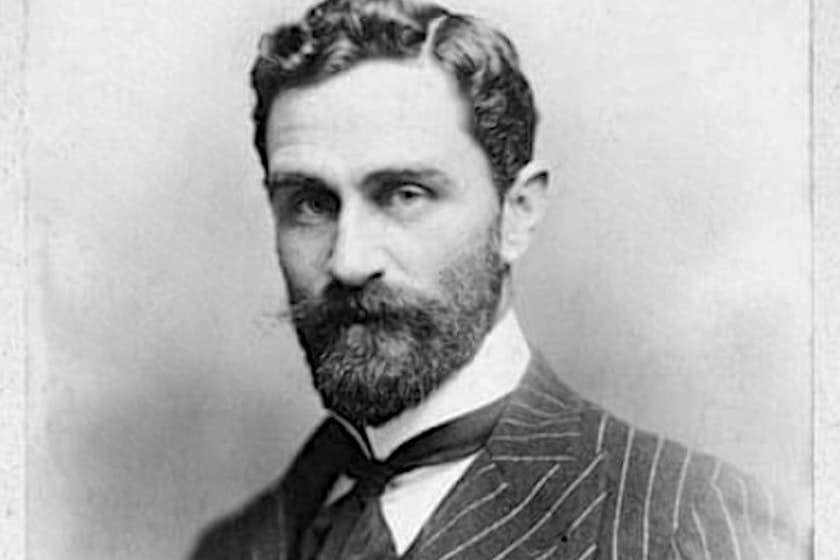
John Casement, Islington’s Pride
I think anybody who explores the map will find somebody, or some group, or organisation that speaks to them. We try to be as representative as we can with the information that we have: there are LGBTQ+ youth groups, there are groups like the Cypriot LGBT community, the North London Line who did lots of outreach with young black people. And there are also disability campaigners, DJs, like I said, human rights lawyers. There is Aloysius Ssali, who was an Ugandan refugee, who was one of the first people to be granted asylum based on his sexuality.
Anything else that you’d like to say?
We’re always looking for new items for the archive, and also, if anybody wants to strengthen the memories that we have, and to build on them to make those memories more factual, then we’ll welcome.
Celebrating #PrideMonthIslington
David Isaac is an Islington resident, a lawyer, human rights advocate and someone who is passionate about the visual arts. He is also a long-standing Islington Giving donor and, for Pride month, we were delighted to talk to him about LGBTQ+ issues and history in Islington. Read More.
